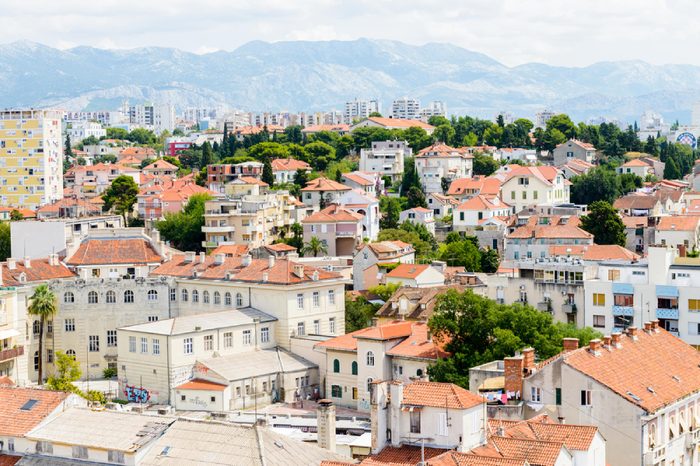
Yugoslavia
A hundred years ago, World War I wreaked all kinds of havoc on the borders of Europe. Yugoslavia, a southeastern European country created in 1918 as “the Kingdom of the Serbs, Croats, and Slovenes” and renamed Yugoslavia a decade later, united many culturally and ethnically diverse territories that were part of the former Austro-Hungarian Empire. The new nation included the current states of Slovenia, Croatia, Bosnia and Herzegovina, Serbia, Montenegro, Kosovo, and Macedonia. But Yugoslavia was headed for more strife in the 20th century: broken up and occupied during World War II, reunited under a communist leader post-war, followed later by fighting during the 1990s. Now that the country is officially no longer, much of the region is experiencing greater peace. Croatia’s coastal city of Dubrovnik doubles for the hit HBO series Game of Thrones’ King’s Landing, making it such a popular tourist destination that it had to limit the number of visitors.
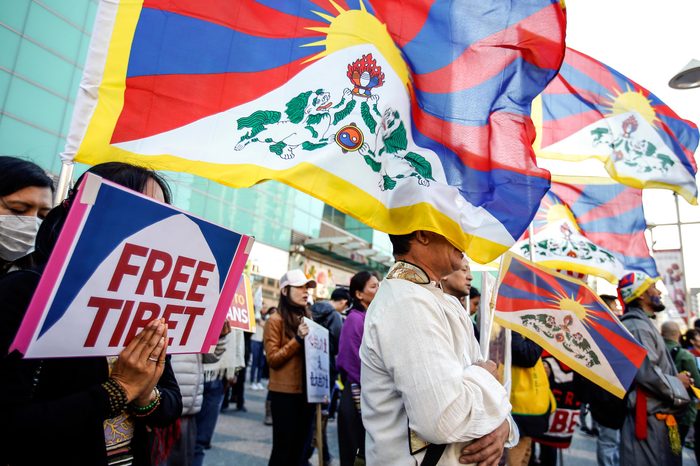
Tibet
Although we associate Tibet with peaceful Buddhist monks and its spiritual leader the Dalai Lama, this region northwest of India has been fought over for centuries. Tibet was actually its own independent country only from 1912 to 1951, when it was made part of China. Efforts to “free Tibet” are ongoing, and the Nobel Peace Prize-winning Dalai Lama, now retired, still resides in exile in India. The country is also a destination for adventure seekers and mountaineers because it contains the highest point on Earth, the nearly 30,000 foot Mount Everest, which lies on the border of Nepal. Here are some inspiring, insightful, and just plain wise quotes from the Dalai Lama.
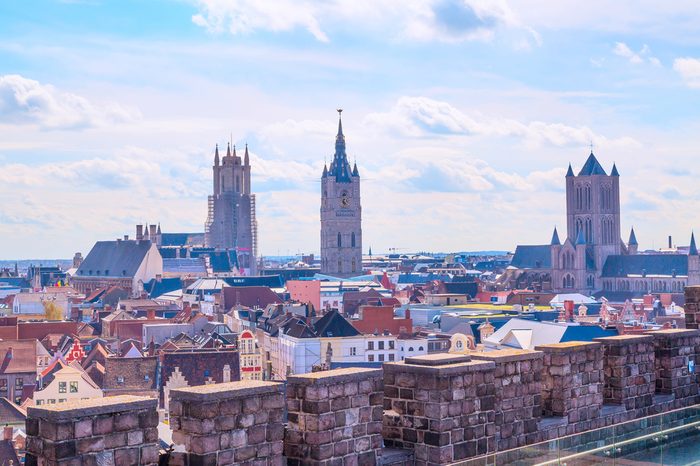
Neutral Moresnet
Never heard of Neutral Moresnet? You’re not the only one. This minuscule country of not even a square mile was carved out of an agreement between the Dutch and the Prussians (more on them later) in 1816, so both nations would have access to its zinc mine. Neutral Moresnet had its own flag and even made its own coins. Efforts were made to turn the tiny nation into a utopia with its own artificial “world language,” Esperanto. But it fell victim to World War I, and then became part of Belgium. The present-day residents of the area, however, still celebrate the anniversary of Neutral Moresnet’s creation.
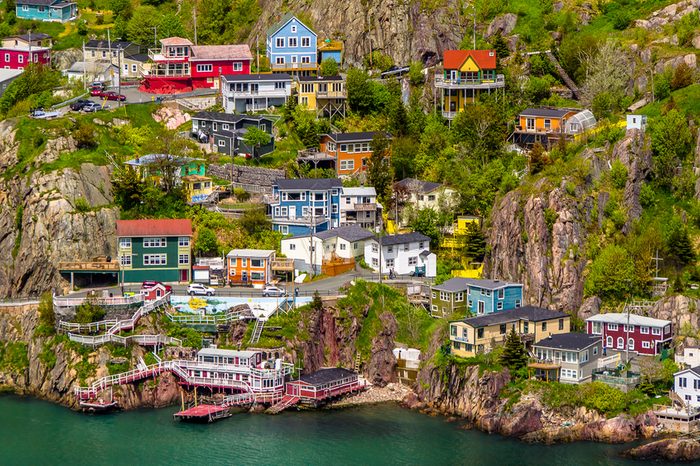
Newfoundland
You might think of the rugged island of Newfoundland as part of Canada, but that wasn’t always the case. The island off North America’s northeastern coast was also previously a British colony, but its isolation created a culture distinct from the surrounding region. Newfoundland became a self-governing independent nation, although still a British “dominion,” from 1907 until 1934, when it voluntarily chose to go back to being a colony after the Great Depression hit hard. In 1949, Newfoundland became a Canadian province, now known as Newfoundland and Labrador (interestingly, both names of dog breeds as well!). These are the most popular travel destinations in Canada.
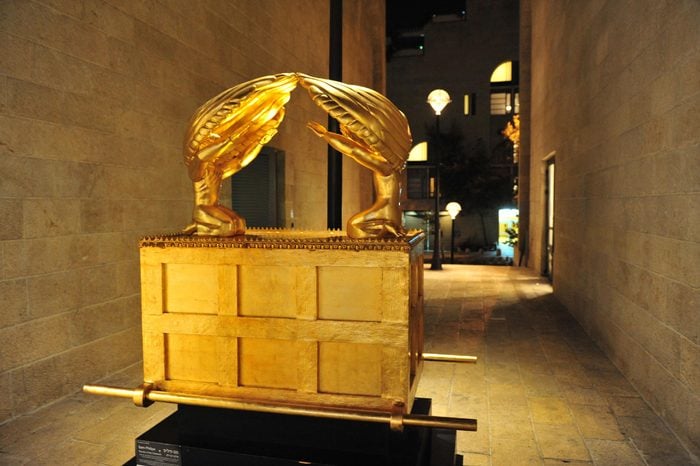
Abyssinia
This romantic-sounding name was actually the Arab and European moniker for Ethiopia a hundred years ago. In the “Scramble for Africa” at the end of the 19th century, Italy had tried to snatch it up, but was unable to overthrow its monarchy. In fact, the country was never colonized and was one of the few independent states in Africa—until the Italians under Mussolini were able to briefly occupy it during the late 1930s. After World War II, Ethiopia became one of the founding countries of the United Nations. The country’s rich history also lays claim to the world’s oldest human fossil ever found, and allegedly the biblical Ark of the Covenant (you know, the one in Raiders of the Lost Ark). The surreal landscape of Ethiopia’s lava lake is one of the most remote places on earth.
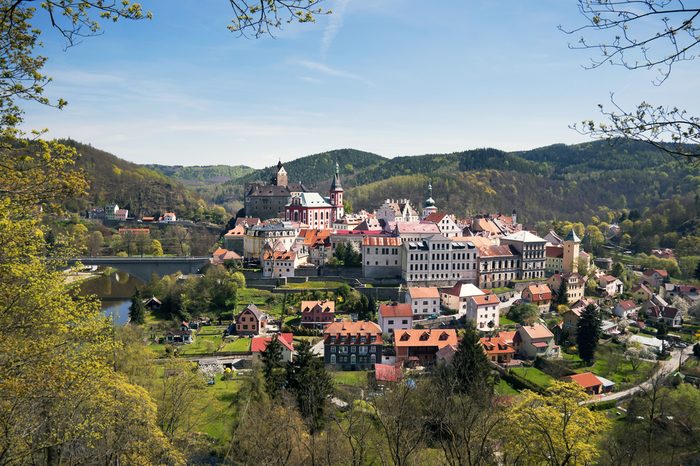
Czechoslovakia
This eastern European country was another melding of different ethnic groups created in 1918 at the end of World War I. Part of the former Austro-Hungarian Empire, Czechoslovakia was made up of the historical regions Moravia, Slovakia, and Bohemia (yes, as in “bohemian”). The Nazi occupation of the area helped propel Europe into World War II; after being liberated by the Soviet Union it became an Eastern Bloc nation in the later half of the 20th century. Czechoslovakia eventually peacefully split into the Czech Republic and Slovakia in 1993. Today, the Czech Republic is one of the enchanting places that look straight out of a fairy tale.
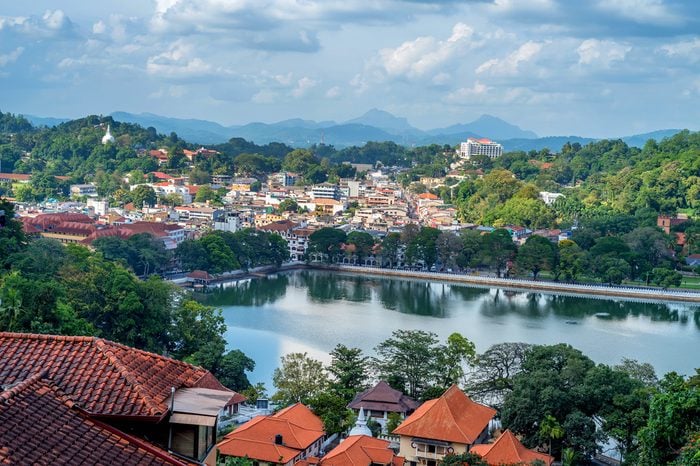
Ceylon
You probably know of this large island south of India as Sri Lanka, but until 1972 it was called Ceylon. That’s the name the Europeans gave to it when the island was colonized centuries earlier. Under British control until 1948, it then became an independent nation and threw off its colonial moniker in 1972, when it became Sri Lanka. After some civil war in the early 21st century, the area is now stable. In 2011, the country decided to change the title of any state institutions still bearing the name Ceylon in an effort to remove any vestiges of colonialism.
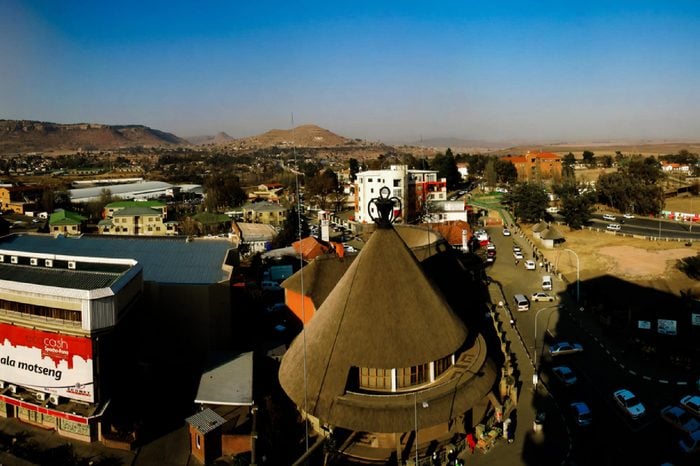
Basutoland
Now called Lesotho since its independence from Britain in 1966, Basutoland was united as a nation in the 19th century under King Moshoeshoe I, who later applied to the British for help in warding off invaders. Only one of three countries in the world to be surrounded completely by another (with the Vatican and San Marino, both enclaves within Italy), Basutoland was located inside what is today South Africa. Lesotho still has a royal family and is now a constitutional monarchy. Prince Harry, who’s very fond of the country, founded his charity for children in Africa, Sentebale, with Lesotho’s Prince Seeiso.
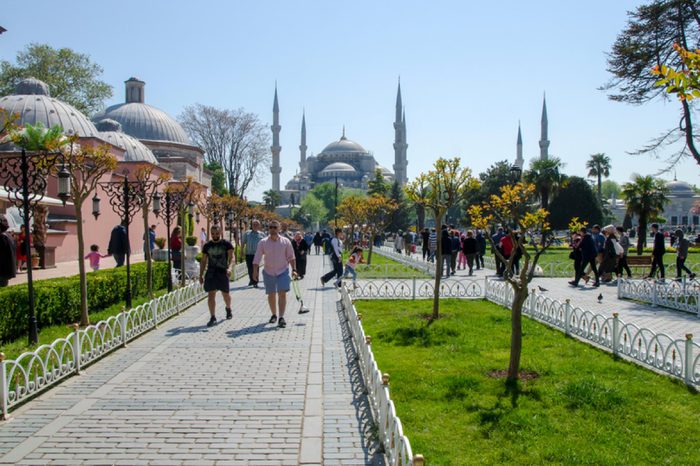
Ottoman Empire
Unlike the Austro-Hungarian Empire, the Ottoman Empire, which still encompassed Turkey and some surrounding areas by 1920, survived World War I. But not for long—in 1923, after losing most of its other territories, it became the Turkish Republic. Prior to the Great War, though, the empire ruled for more than 600 years over lands that also included parts of eastern Europe, north Africa, and the Middle East. Its influence is still seen today in the culture and architecture of Turkey. For an up-close look, visit Istanbul’s Grand Bazaar, which has been wowing shoppers since 1455. Turkey is also one of the incredible beauty destinations from around the world to add to your bucket list.
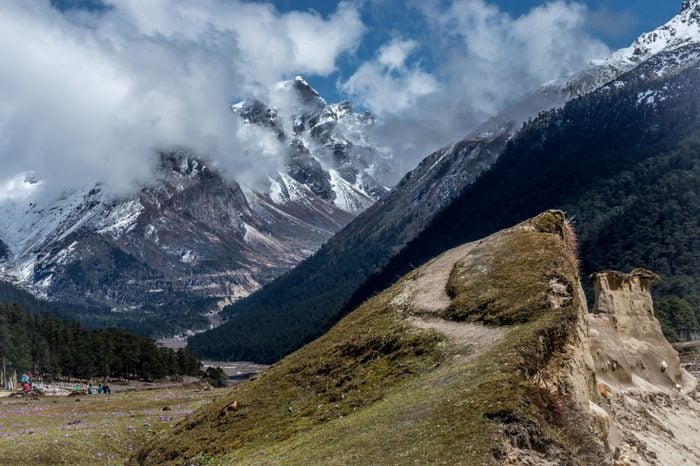
Sikkim
Have you heard of this tiny mountain region in the Himalayas? Sikkim was a sovereign monarchy from 1642 until it became an Indian protectorate in 1950, and then a state of India in 1975. Also bordering Bhutan, Tibet Autonomous Region of China, and Nepal today, Sikkim is dominated by snow-covered mountains, which the people revere as both a god itself and the home of gods. A footprint of the Yeti, aka the Abominable Snowman, was allegedly found in Sikkim in 1948.
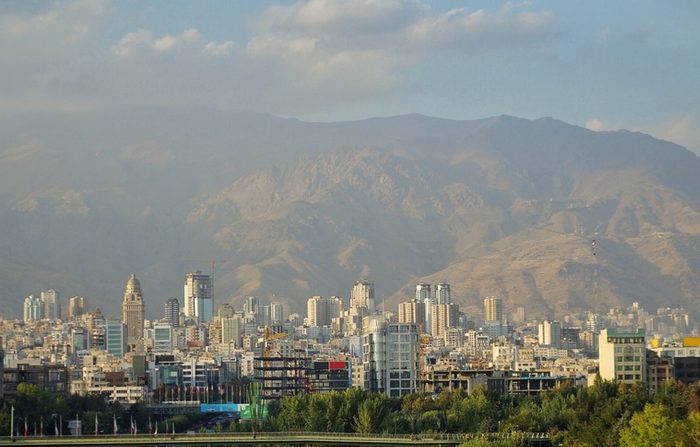
Persia
The name of Persia conjures up an ancient Middle Eastern kingdom, one of the oldest civilizations in history. Since the height of its power in ancient times, the country was oft fought over but still retained its old moniker all the way until 1935, when it officially became Iran. Today, we mostly think of Persia when speaking of Persian rugs and Persian cats, but its culture is alive and well—unfortunately, continuing unstable international relations are keeping Americans from visiting. Still, Iran’s Lut Desert is one of the most extreme travel adventures in the world.
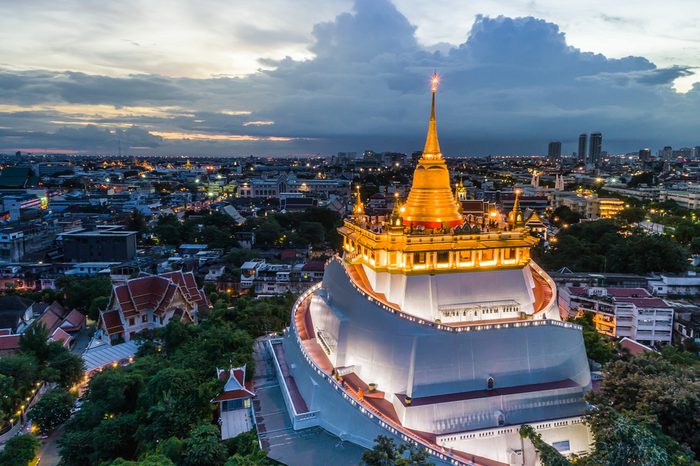
Siam
Anyone who’s seen the musical The King and I might wonder where on earth the king of Siam (the real-life King Mongkut, who ruled from 1851 to 1868) actually lived. The answer? Present-day Thailand, whose new name was adopted in 1939. Never colonized by Europeans, Siam was an absolute monarchy; after unrest in the 20th century, Thailand is now a constitutional monarchy. Thanks to its hundreds of islands, clear water, and gorgeous coastlines, Thailand is a popular tourist destination today. It’s even home to some of the most amazing beaches to add to your bucket list ASAP.
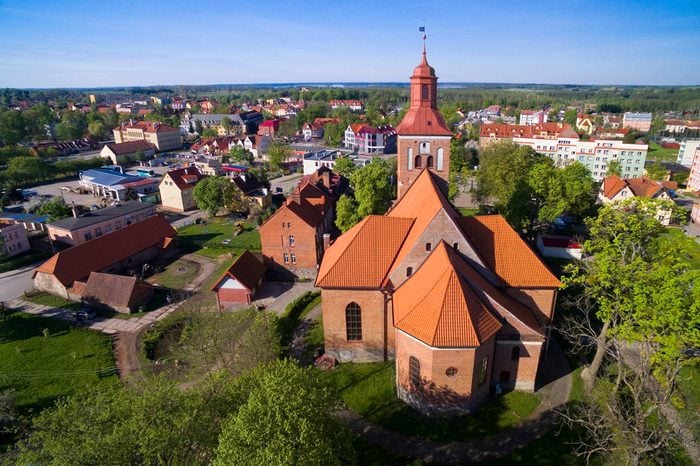
Prussia
You read right: not Russia, Prussia. This country, which encompassed land in central and eastern Europe including present-day Germany and Poland, existed in some form all the way until 1947. The kingdom of Prussia enjoyed much success in the 18th century but started to lose territory in the 19th, until the unification of the German empire placed the Prussian king at its head in 1871. Although it’s a little complicated where Prussia ends and Germany begins, the defeat of the empire and the abolishment of the Prussian monarchy after World War I extinguished its influence. But Prussia continued to exist as a German state until the land was divided up and the name formally dismissed after World War II, erasing it from the map forever. Interestingly, though, the descendants of the defunct monarchy continue to carry their titles—Prince Georg Friedrich Ferdinand of Prussia is the current head of the former ruling family.
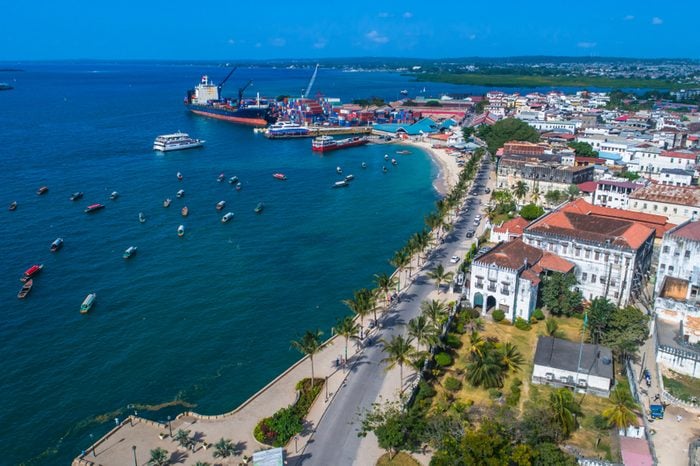
Zanzibar
The islands of Zanzibar, an archipelago off Africa’s east coast, sound exotically alluring—the name probably makes you think of spices, explorers, and adventure. And for good reason: The area was once an important trading locale, and was established an independent sultanate in the 19th century. Although it became a British protectorate soon after, the sultan continued to rule until 1964. Having gained full independence the previous year, Zanzibar then merged with mainland Tanganyika to form present-day Tanzania. Today, see the highest point in Africa, Mount Kilimanjaro, before heading for the tropical paradise of the islands’ beaches. Tanzania is also home to one of the naturally beautiful pink lakes from around the world.
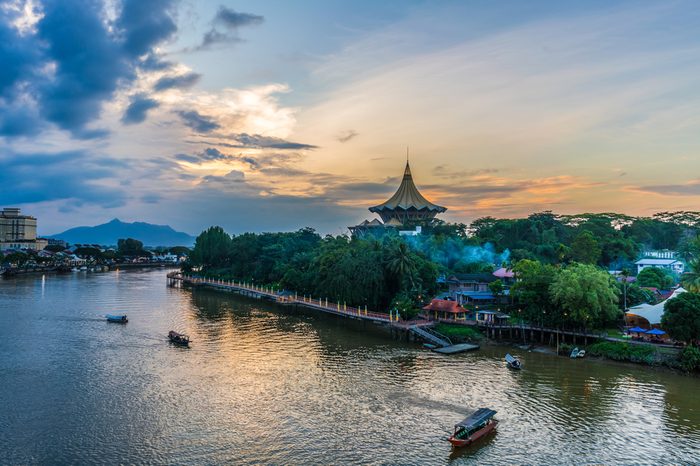
Sarawak
Now a state in Malaysia on the island of Borneo, Sarawak is a land full of natural beauty. Created as a kingdom by the adventurer James Brooke in the 1840s, Sarawak was ruled by his descendants until World War II, when it was occupied by Japan and later ceded to Britain. In 1963, Sarawak became part of the new country of Malaysia. Interestingly, although Brooke was English, he resisted British imperialism and is largely regarded positively in the country. Rudyard Kipling’s The Man Who Would Be King was likely based on Brooke, and he’s also the inspiration for the planned upcoming film White Rajah. The Brooke family is still active in Sarawak through The Brooke Trust. Travel to Borneo isn’t cheap, in fact it’s one of the world’s most outrageously expensive vacations.
